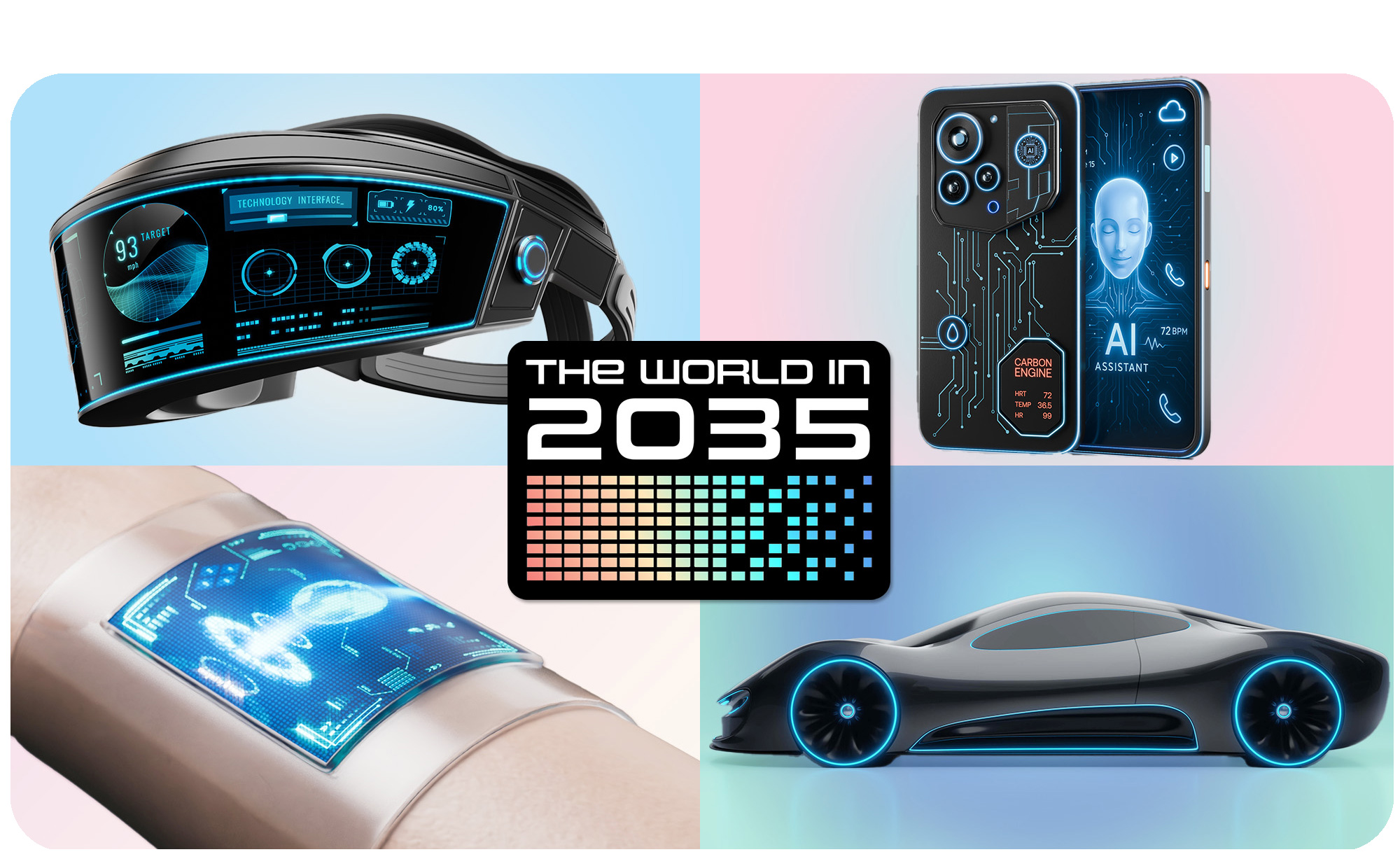What will our phones be like in 2035? We asked Samsung, Motorola, OnePlus and more about your future
Get ready for multi-fold phones, 6G and a leap in AI
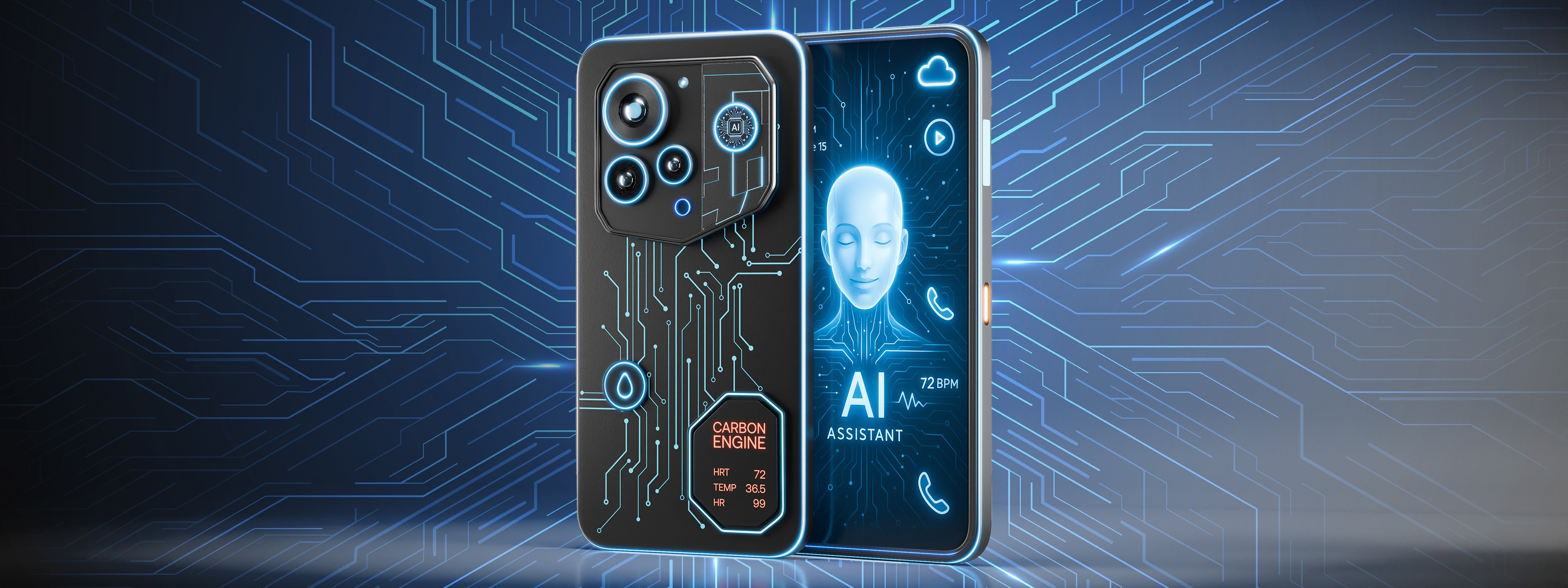
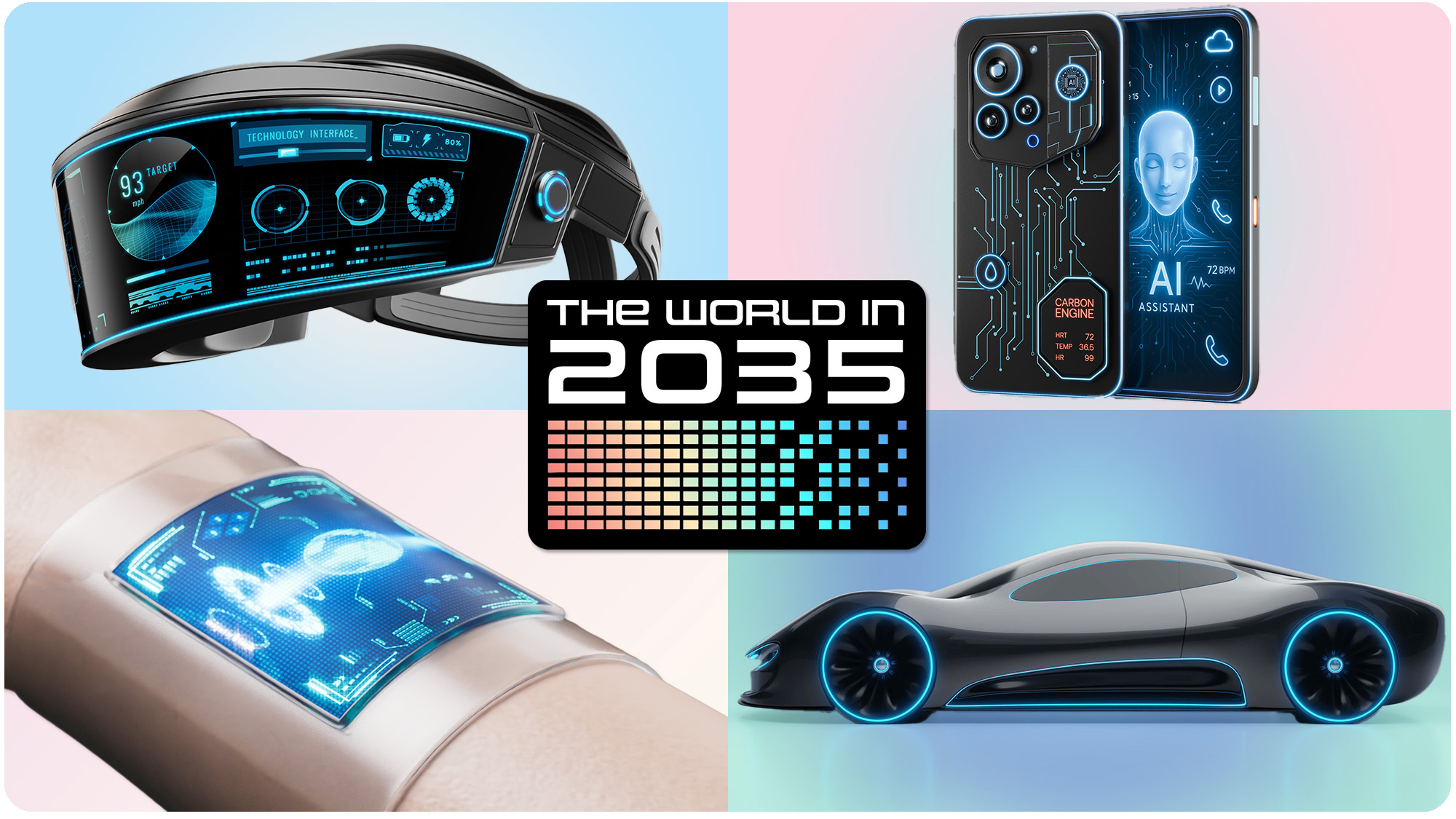
AI | Smart Glasses | Wearable Tech
Smartphones | iPhones | Robots | Cars | TVs
When 2035 dawns, we're still likely to be reaching for our smartphones despite what Mark Zuckerberg tells you. But the device we reach for might play a very different role than the phones we use today.
Zuckerberg, Meta's CEO, has been fond of proclaiming that the smartphone's days are numbered, and we'll one day set aside our handsets for devices like smart glasses.
"What I think is going to happen with glasses is we’re going to get to this point, probably sometime in the 2030s, where you have your phone with you, but it’s going to stay in your pocket more because you’re just going to be doing more and more things on your glasses that maybe today you would do on your phone," he said last September.
Even Apple’s senior vice president of services, Eddy Cue, recently said that “you may not need an iPhone ten years from now.”
That could happen one day, but it's not likely to be the midway point of the next decade. Tom's Guide talked to a number of industry analysts and phone makers, and the consensus seems to be that the smartphone still has a big role to play, especially when it comes to connecting with all the other tech in your life.

Smartphones: Becoming a hub for other devices
"Smartphones will remain central, but they’ll increasingly work alongside wearables and connected ecosystems to deliver seamless, context-aware experiences," said Jeff Snow, head of AI and software mobile experiences at Motorola.
"The screen may not always be the starting point, but the smartphone will continue to be the personal hub connecting users to content, services and people wherever they go."

Avi Greengart, lead analyst at Techsponential, echoes those sentiments: "Smartphones will become the hub device for wearables and ambient computing — sometimes providing connectivity, other times lending compute, storage, and/or power as well. Your smartphone’s touchscreen will be the input device for those devices when voice isn’t an option, and a display when you need one."
The phones of a decade ago sported chunky bezels, modest cameras and nothing close to the processing power you take for granted these days. 5G connectivity was still on the drawing board, four years away from launching the U.S.
A lot can change very quickly in the tech world, let alone over the course of a decade. Just look at the phones that were popular in 2015 when the largest iPhone in Apple's lineup, the iPhone 6s Plus offered a 5.5-inch screen.
The phones of a decade ago sported chunky bezels, modest cameras and nothing close to the processing power you take for granted these days. 5G connectivity was still on the drawing board, four years away from launching the U.S.
So the smartphone of 2035 figures to have emerged from similar shifts, many of which aren't readily apparent to us now. But whatever happens in the coming years, it looks like smartphones will retain their central role in our daily lives. And AI will be a big reason why.
"I do expect that AI will reinvent how we interact with our phones and the digital world at large, and most people will experience AI on their phones first," Greengart said.

The phone in 2035: Possible hardware changes
As difficult as 10 years of hardware changes can be to forecast, we should still spend some time talking about what could possibly power the phones of 2035 and what form they might take. After all, the answers to those questions can shed some light on how we'd use mobile devices.
Recent years have seen big gains in performance and power efficiency for smartphones, as the silicon inside our devices has gotten smaller, packing transistors more closely together. Many leading phones now use chipsets built on a 3-nanometer process, and 2nm silicon is on the horizon.
Can this incredible shrinking act continue into the next decade?
We may see rollable displays if the durability and power issues can be minimized.
"We see innovation continuing," said Chris Patrick, senior vice president and GM for mobile handsets at Qualcomm, which supplies chips for some of the best Android phones. "We see shrink continuing to happen, power improvements continuing to happen.Not quite at the rate we once had from the underlying transistor, but more. But I think the place where we continue to evolve is the kind of core evolution between software and hardware."
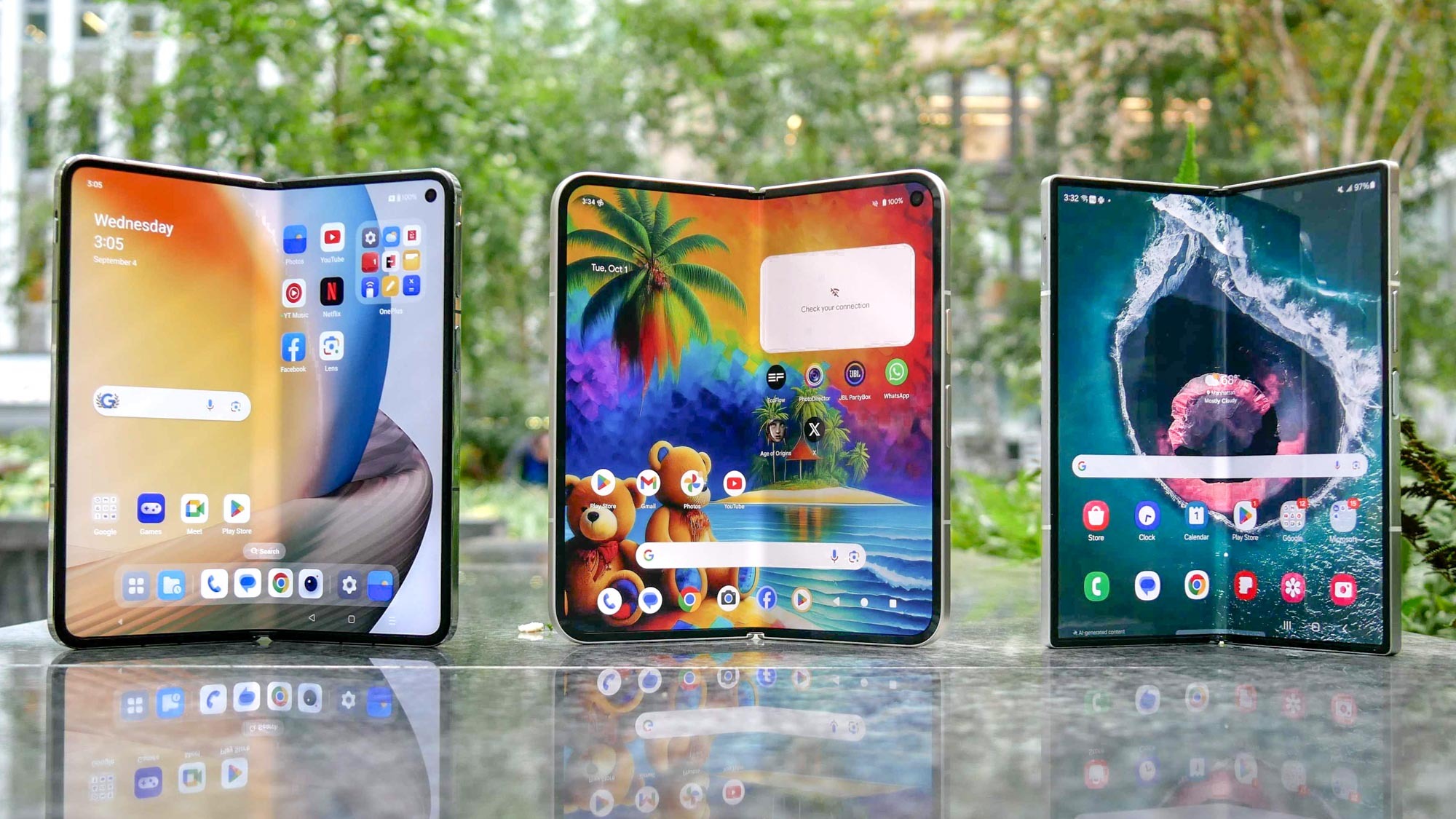
Phone displays have gotten bigger, and there's no sign of that trend reversing. In fact, phone makers have launched foldable devices in recent years as a way of extending screen sizes even further while keeping handset portable.
"Today’s consumers want expansive displays for streaming and gaming, but in devices that still fit comfortably in their hands and pockets," Motorola's Snow said. "That tension is driving some of the most exciting innovations in smartphone design, including the growth of foldable devices that offer pocketability alongside advanced capabilities."
Ross Young, who co-founded Display Supply Chain Consultants and now serves as a vice president of research at Counterpoint Research, expects single- and multi-fold displays to continue to emerge. "We may also see rollable displays if the durability and power issues can be minimized," he added.
Display makers are also looking to produce more efficient screens for smartphones, which Young notes will have a positive impact on battery life. "A more efficient blue OLED emitter can increase efficiency by around 25% and would have a minimal impact on cost," he said.

From 5G to 6G
While the 5G network launch is ongoing, work on the 6G networking standard is already underway, with a likely launch around 2030.
We’re a ways off from industry specifications on 6G getting set, but the idea is that the new connectivity standard would tap into higher frequencies than 5G, freeing up bandwidth on that network.
More importantly, 6G would provide higher capacity and lower latency as well as even faster speeds for mobile networks. The hope is that those benefits would enable new uses for wireless connectivity, similar to how the higher bandwidth that 4G ushered in opened the door for more data-intensive apps.
6G will likely have a big impact on areas like automated driving and connected smart devices. But there's also the prospect of using AI for better connectivity between your phone and cellular towers, with more devices being able to connect to 6G access points at the same time.
"For this network of the future, for 6G, we know that both devices will have these incredible AI capabilities, and so AI itself can enhance the connectivity capabilities," Qualcomm's Patrick said. "So this will give us more reliable networks, better use of spectrum, more efficient communication, [and] hopefully lower power on both sides."

AI is the key
Patrick wasn't the only person to talk about AI when I asked about the trends that figure to shape smartphones in the coming years. In fact, it's nearly impossible to look at the phone of the future without focusing on the role AI will have in dictating what your phone can do.
AI's influence will be less about the generative editing tools, writing suggestions and on-the-fly translations that have dominated today’s AI-enabled smartphones. Instead, industry watchers believe that AI is going to be taking a more proactive role in managing your daily life from your phone.
"In the past, the phone served as a platform where you connect different individual apps, individual walled gardens. And, of course, in the foreseeable future, you will still be able to do that," said Arthur Lam, the director of OnePlus AI and Oxygen OS. "But with the power of AI, it [will be able to] link and connect different services together, helping to achieve tasks across different services."
“AI is understanding the things that are meaningful to you and the actions that you're taking, And then it's saying things like suggesting routines: 'Hey, Mark, you're doing this all the time. Maybe we should just turn that into a routine for you so you don't have to do those 13 clicks every single day.'”
Blake Gaiser, Samsung's director of smartphone product management
We're already seeing the start of that with some phones. Earlier this year, new Galaxy AI features introduced as part of Samsung's Galaxy S25 launch included cross-app actions, in which you could tell the Gemini Assistant on board your phone to perform multiple actions across different apps — looking up an address in the Maps app, texting that address to a friend and blocking out an appointment with that friend in your calendar.
It's limited to Samsung and Google apps along with Spotify and Whatsapp at the moment, but the goal is to expand it across other apps over time.
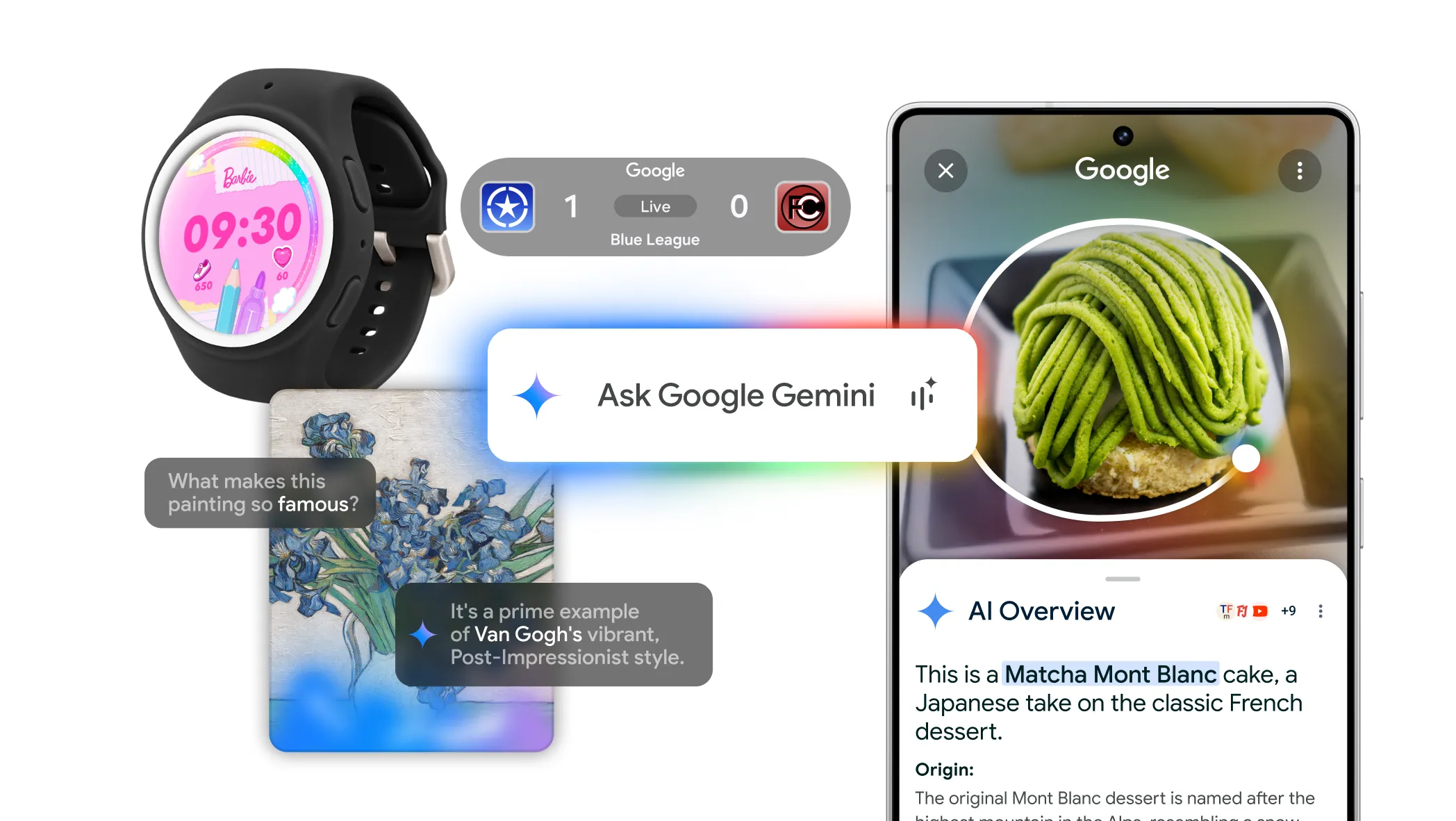
Another promising addition to Galaxy AI is Samsung's Now Brief, which serves as a handy reminder page for upcoming appointments, weather and traffic conditions and other information that can help you navigate through your day. The more you use your Galaxy S25 in general and Now Brief in particular, the more the on-board AI learns about your behavior and preferences. As a result, future additions to Now Brief will be more tailored and pro-active based on what the AI learns about you.
"It's understanding the things that are meaningful to you and the actions that you're taking," Blake Gaiser, Samsung's director of smartphone product management, told my colleague Mark Spoonauer. "And then it's saying things like suggesting routines: 'Hey, Mark, you're doing this all the time. Maybe we should just turn that into a routine for you so you don't have to do those 13 clicks every single day over and over again.'
“Or your favorite team is coming on: 'Hey, they're about to play in 15 minutes,'” Gaiser continued. “So it's already starting to learn about what it is that's important to you and then provide you the information before you go and look for it. And that's only going to get better and more accurate and more efficient over time."
OnePlus' Lam described a similar scenario for the smartphone of the future where your handset becomes what he described as "your ultimate personal assistant."
"It knows you, knows everything, knows your habits or history, and facilitates tasks across different applications and different services," Lam added. "And of course, this personal assistant doesn't just live within this [phone].. It's much more connected with your [tablet], with your watch. Imagine the tasks, the scenarios that are connecting them together."

Outlook: The phone in 2035
So while phones figure to go through many changes in the next 10 years, don't expect them to disappear from the scene. "Smart glasses appear to be the most natural evolution past smartphones, but these will still take 10 years to ‘miniaturize’ and become viable to replace smartphones," said Jeff Fieldhack, research director at Counterpoint Research. "In the meantime, they will be ‘companion’ devices."
And while we can expect to see more foldable phones and other new designs emerge in the next decade, the trusty candybar design that Steve Jobs first took out of his pocket to show off the original iPhone in 2007 figures to be around in 2035, too. "A bar phone has advantages in simplicity, cost, and durability that mean it is likely to remain the most popular form factor globally," Techsponential's Greengart said.

Philip Michaels is a Managing Editor at Tom's Guide. He's been covering personal technology since 1999 and was in the building when Steve Jobs showed off the iPhone for the first time. He's been evaluating smartphones since that first iPhone debuted in 2007, and he's been following phone carriers and smartphone plans since 2015. He has strong opinions about Apple, the Oakland Athletics, old movies and proper butchery techniques. Follow him at @PhilipMichaels.
You must confirm your public display name before commenting
Please logout and then login again, you will then be prompted to enter your display name.
